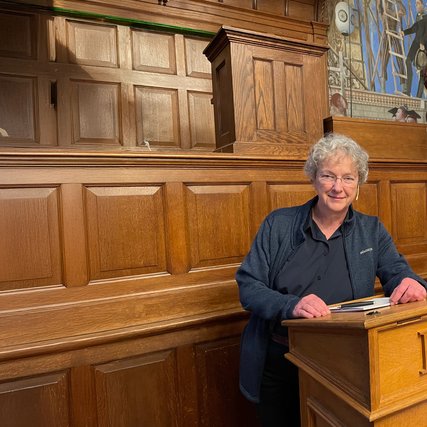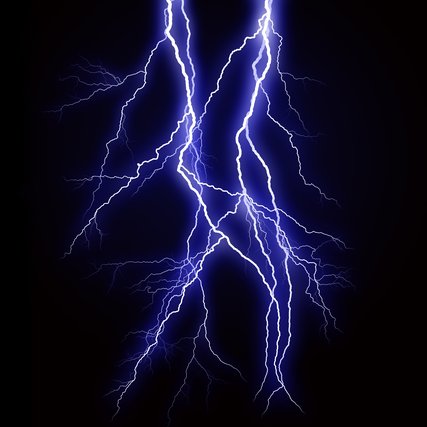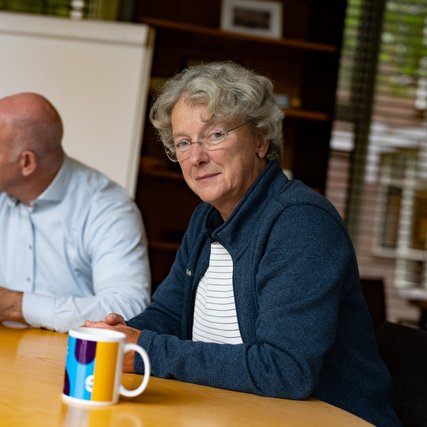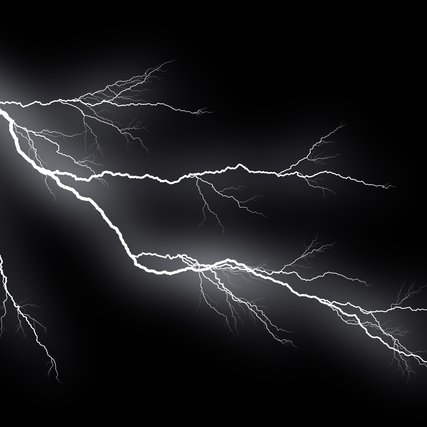The leader of the group Multiscale Dynamics: Ute Ebert
Multiscale Dynamics
Combining scientific computing with model reduction and machine learning, with particular focus on plasma dynamics, in high voltage and plasma technology and in lightning.
Nature and technology are full of dynamics, often involving multiple scales in length, time and energy. To model these processes, we combine scientific computing with model reduction and machine learning, with particular focus on plasma dynamics in lightning, plasma technology and high-voltage engineering.
Within national and European projects, we collaborate with colleagues in applied plasma physics, electrical and mechanical engineering, atmospheric electricity, and with non-academic partners.
Find more about our work (including publications) on the personal homepages of the staff scientists:
- Ute Ebert (group leader)
- Jannis Teunissen
and on the page with our numerical codes for Multiscale Plasma Dynamics.
Group photos: June 2022, January 2020 and in January 2018.

Associated members
Publications
All publicationsCurrent projects with external funding
- Green sparks Understanding the electric breakdown dynamics of eco-friendly insulating gases for high voltage technology (Green Sparks)
- Reliable nExt GENERation Actuation sysTEms (REGENERATE)









